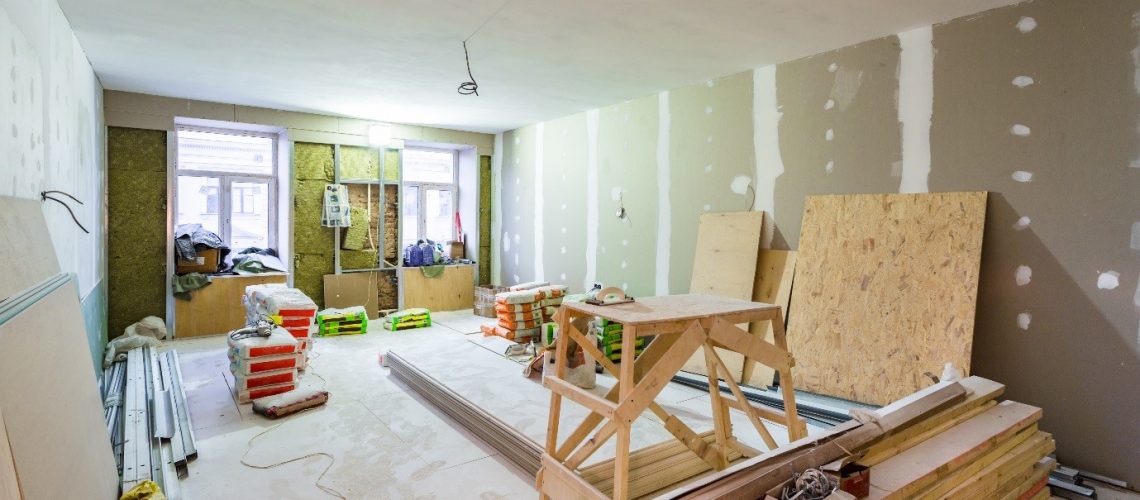
The Different Types of Drywalls and Their Uses
- December 14, 2018
- , 9:37 am
- , Product Guide
One of the most commonly used construction materials, drywall is ideal for producing flat walls, ceilings, and many other surfaces. The primary component in modern drywall is gypsum, which is a naturally occurring substance consisting of calcium sulfate and water. From that composition, various adaptions of drywalls are produced having different features and uses. One of the major reasons why drywall is becoming increasingly popular is because of its versatile nature to carry out different kinds of construction projects. Some of the most common types of drywall are designed to be fire, moisture, heat, and abuse resistant.
Whether it’s drywall, fiber cement sheet, gypsum board or any other building material, we at SGG Smart build offer the perfect solution to all construction material requirements.
Using innovative and latest technologies, drywall is used in various applications. These include a surface layer of interior walls and ceilings; partitions of walls, a base for plastic, metal tile, and ceramic; exterior sheathing and soffits and many more. The first step in successfully mastering drywall installation is to understand its different types. Read on to know all about them:
1. Square-Edged Drywall:
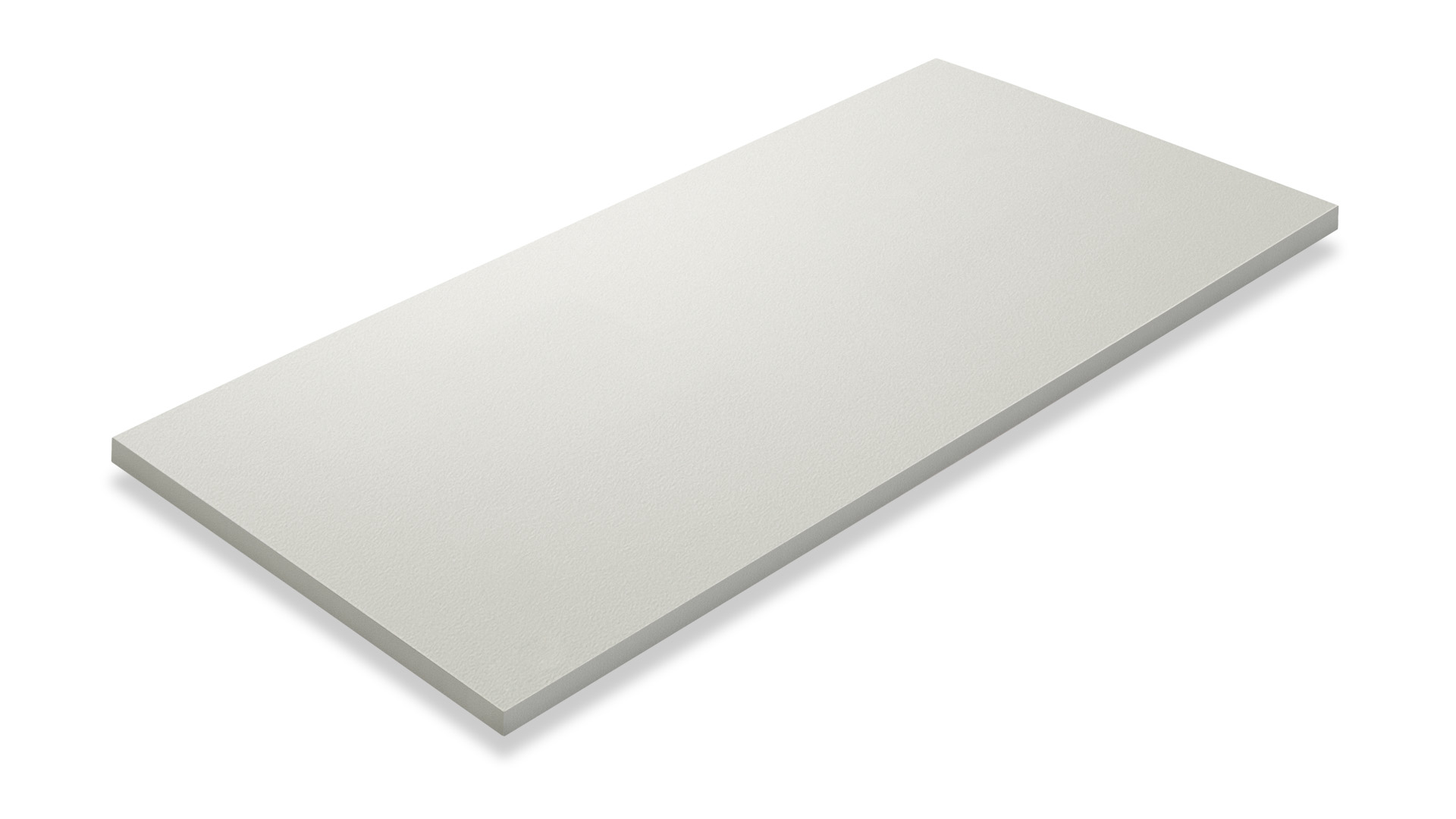
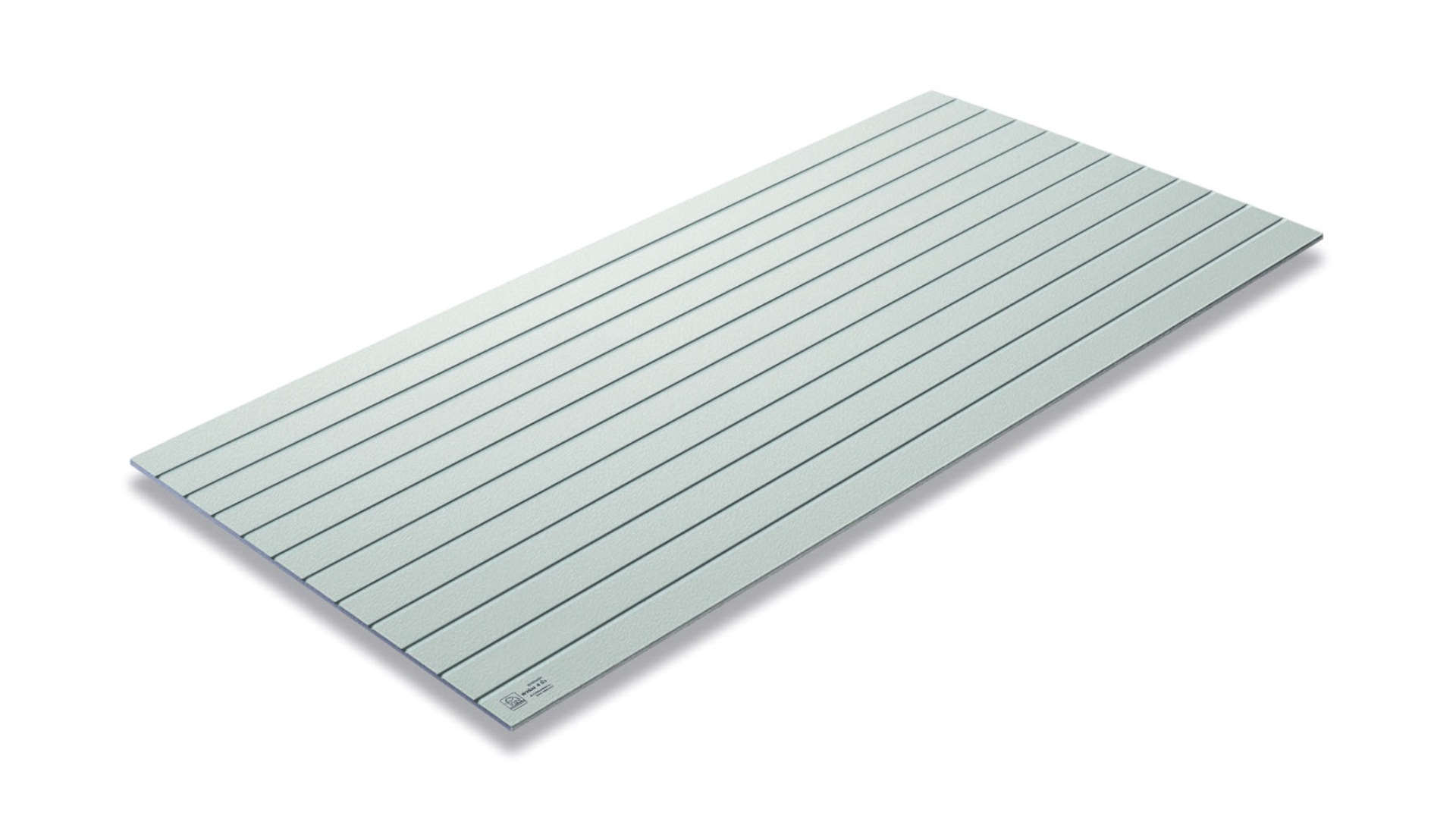
This is the traditional form of drywall having squared edges which work well with plaster. The installation of this drywall is a hassle-free process carried out without creating any mess. This drywall is ideal for plastering walls and ceilings.
2. Taper Edged Drywall:
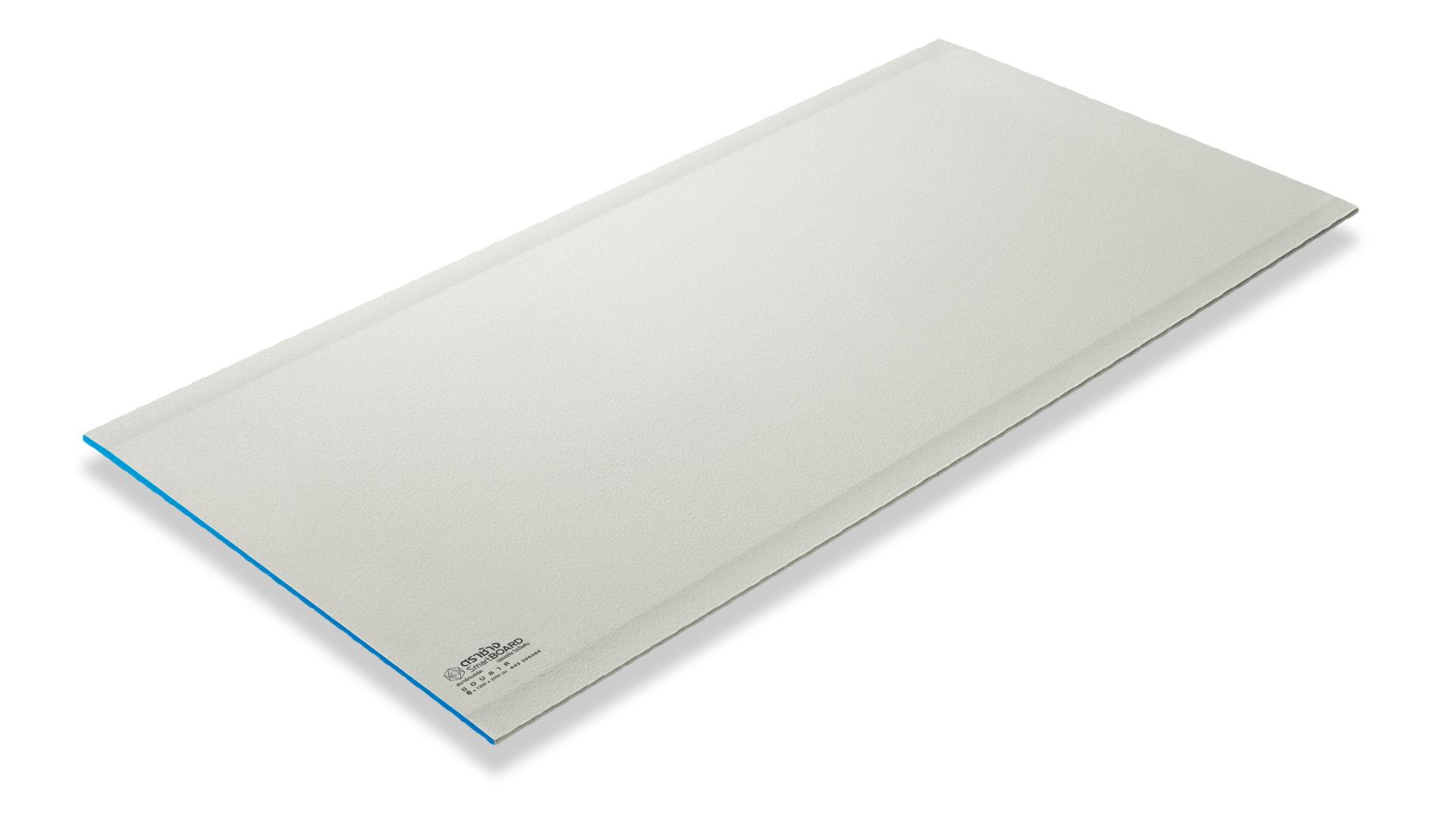
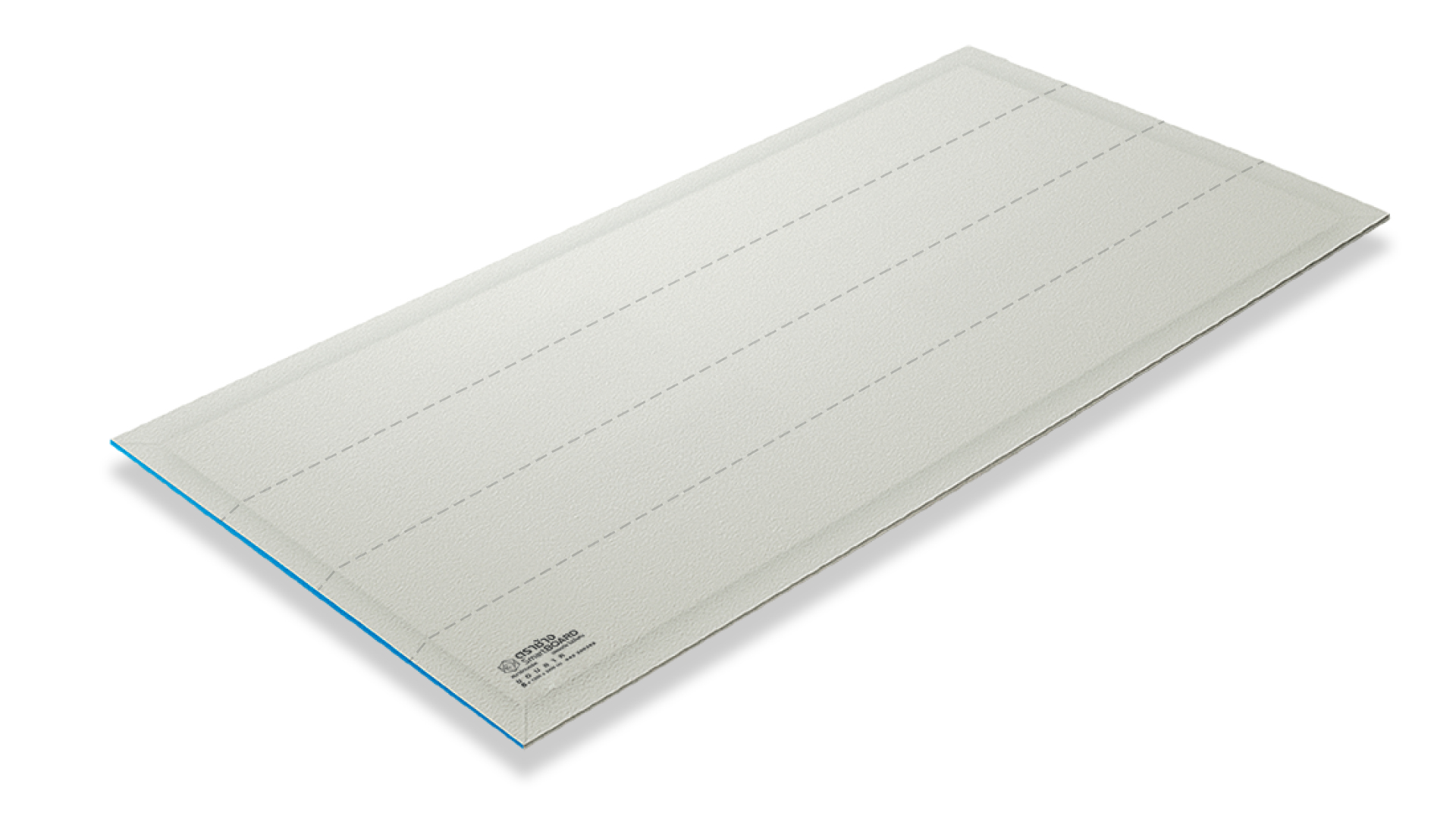
Quite similar to traditional drywall, the tapered edge drywall easily allows filling between gaps with joint compounds. It is ideally used for finishing walls.
3. Moisture-Resistant Drywall:
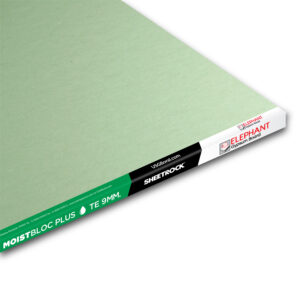
The material with which this type of drywall is made isn’t waterproof or mould-proof, but it endures more moisture than normal ones. This type is also referred to as blueboard or greenboard sheetrock because of its blue or green backing. It is perfect to be used in areas of high-water usage and high humidity, like bathrooms, kitchens, and laundry rooms.
4. Foil-Backed Drywall:
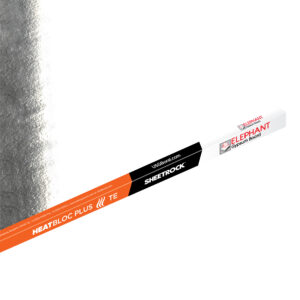
Foil-backed drywall comes with a vapour-resistant paper on one side that is designed to work in colder climates. In cold places, the weather has the tendency to impact the strength of drywall over time. However, it is not recommended for protection against humid climate. This drywall is ideally used in cold climate; not in humid or moisture-resistant climate.
5. Fire-Resistant Drywall:
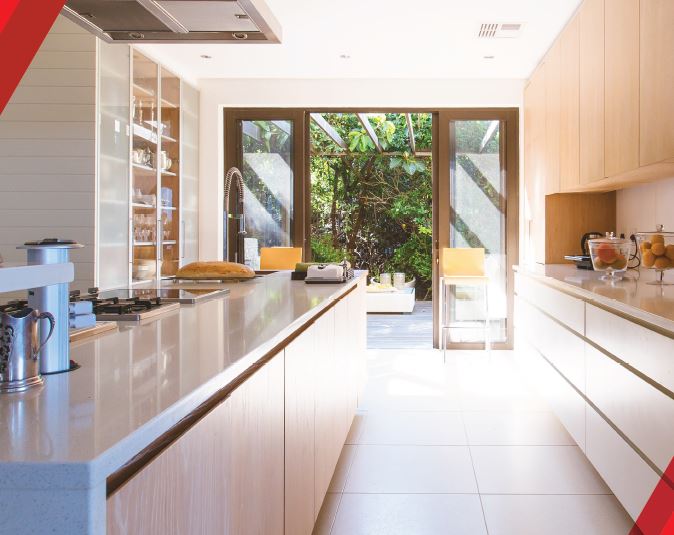
This drywall has fibers embedded in the gypsum that help it maintain its structure when exposed to fire or extreme heat conditions. It has greater fireproofing qualities than standard drywall. It is used for making integral garage ceilings, kitchens, furnace rooms, corridors, and stairwells. It is usually used in hotels and apartments to keep the fire from easily spreading from one unit to another so that it can be extinguished before the entire building catches fire.
6. Abuse-Resistant Drywall:
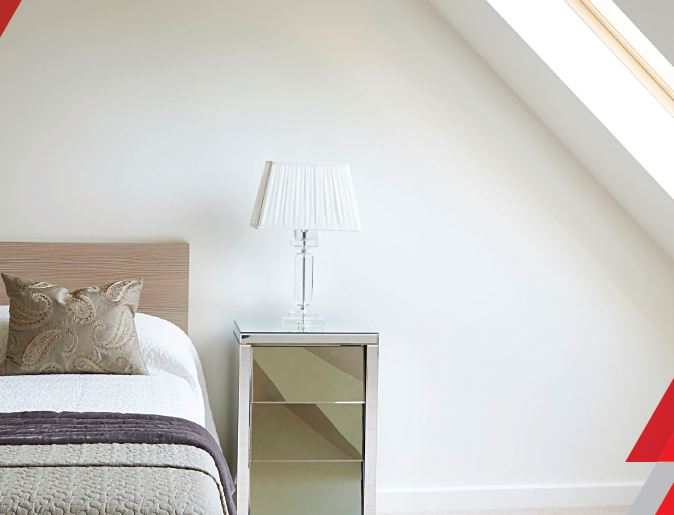
It consists of a polystyrene layer bonded to the nondecorative side, providing excellent heat insulation. These usually are ½ to 5/8-inch thicker than the other types. These are ideal to be used in playrooms, and high-traffic areas such as garages, basements, and hallways.
7.Soundproof Drywall:
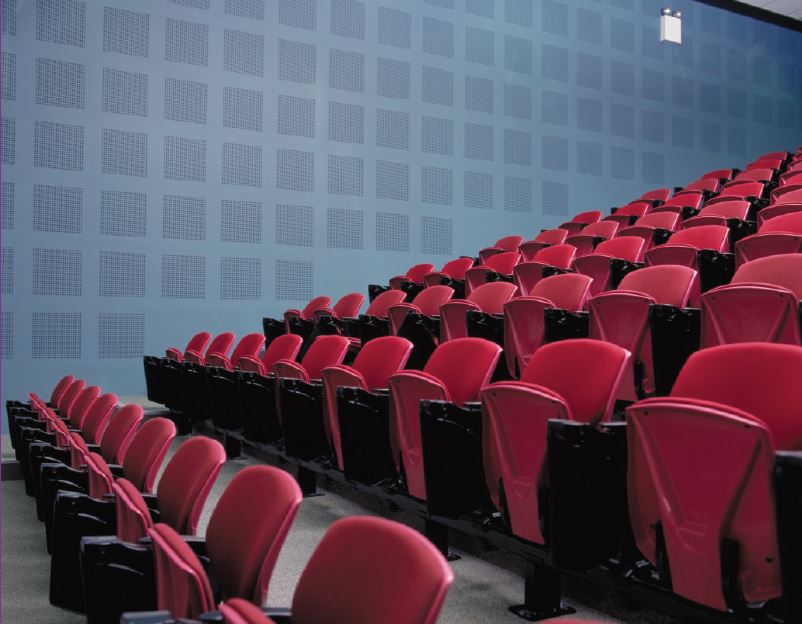
These drywalls have greater soundproofing qualities as compared to others. Consisting of noise deadening materials, it effectively works to minimise the passage of sound. This drywall is ideally used in walls and ceilings of apartments or condos.
With the help of the above guide, anybody can hunt down the type of drywall that will work best for their project. Whether it is drywall, a fiber cement sheet, or gypsum board, one should research thoroughly before investing their money in any type of construction material.
Share this post
Customer Service
Contact Us
Tel./Whatsapp +6681-848-0870
Email: info@zmartbuild.com
